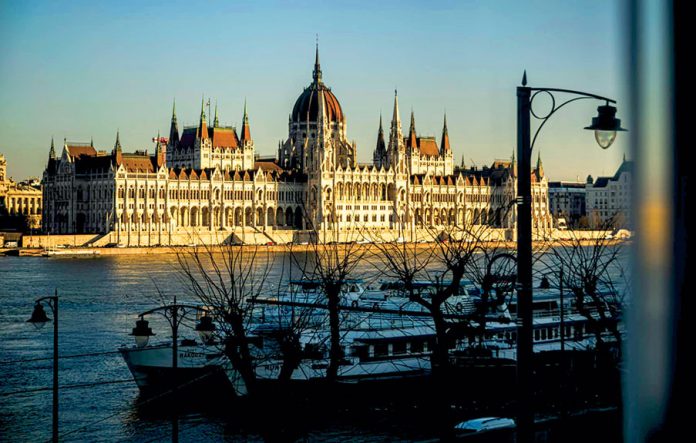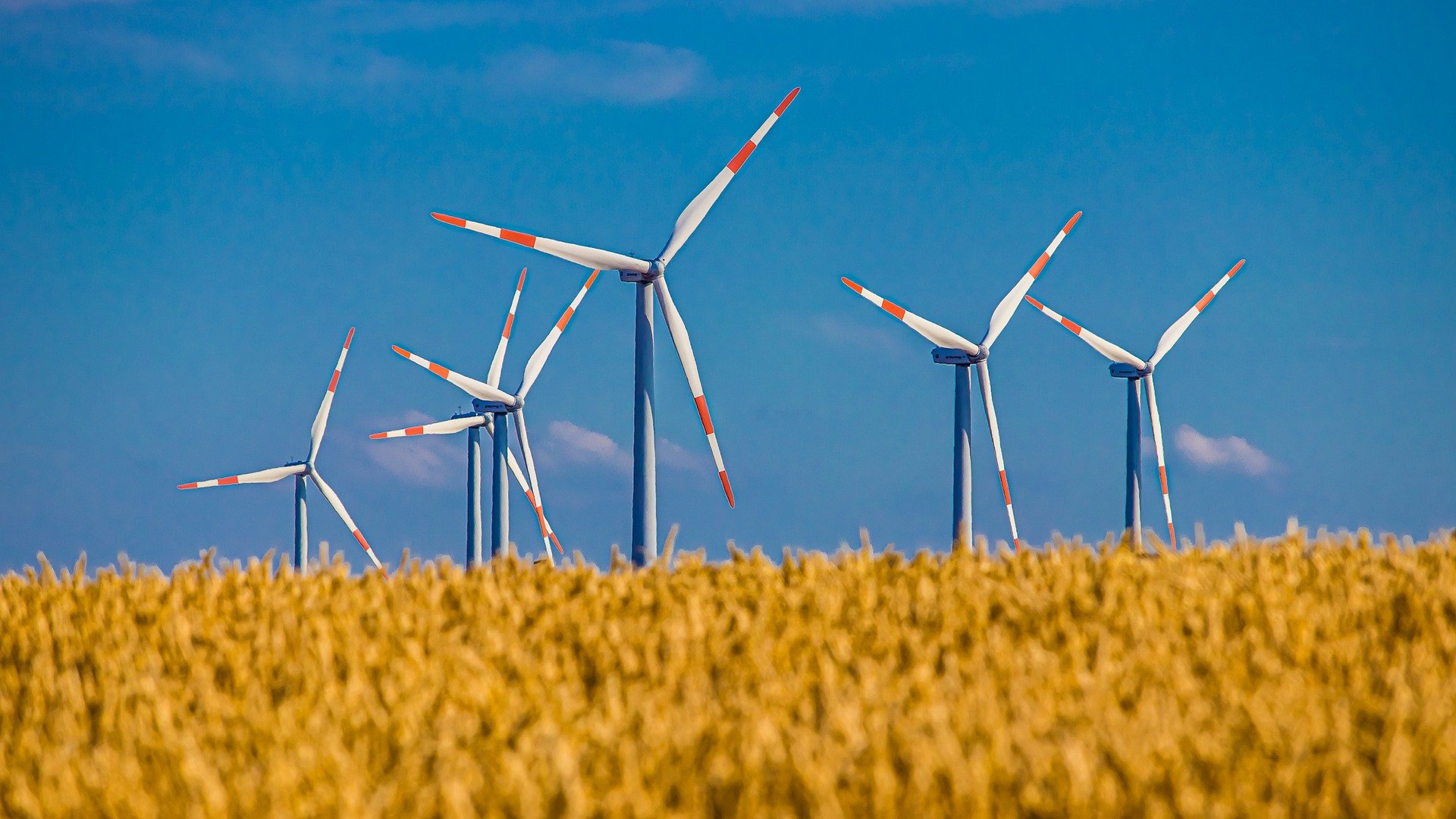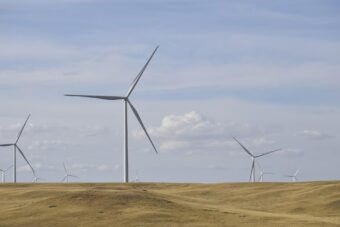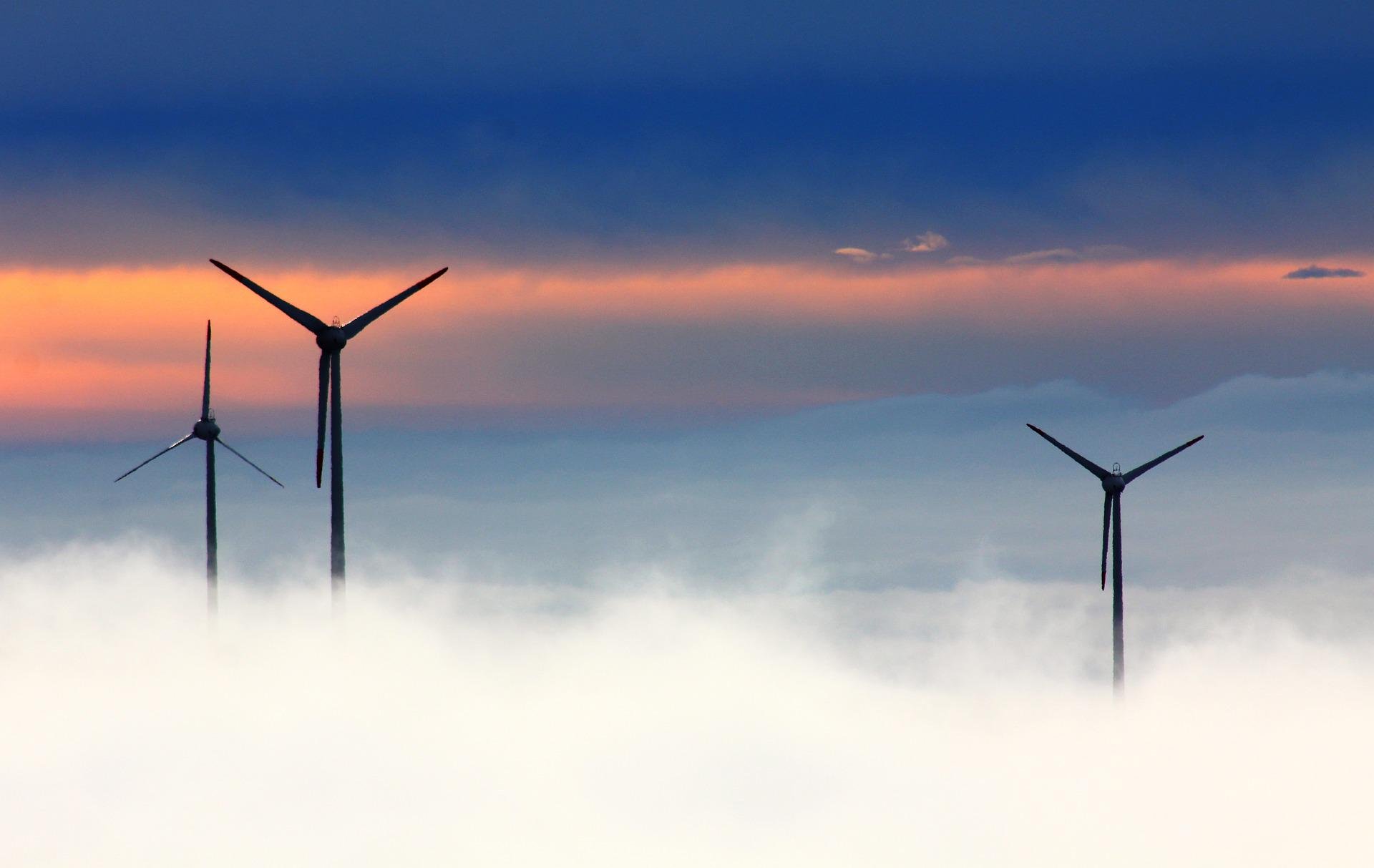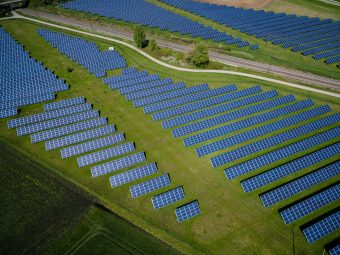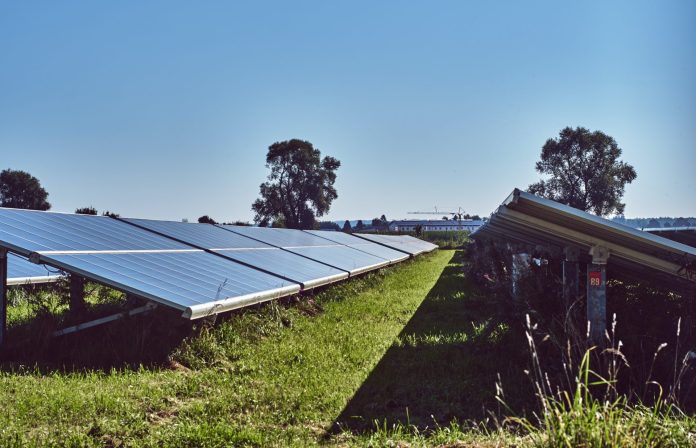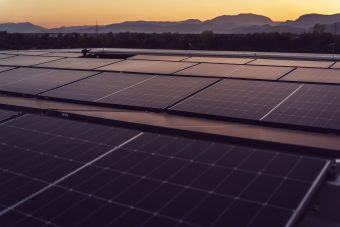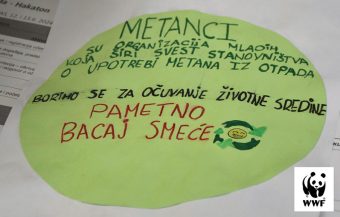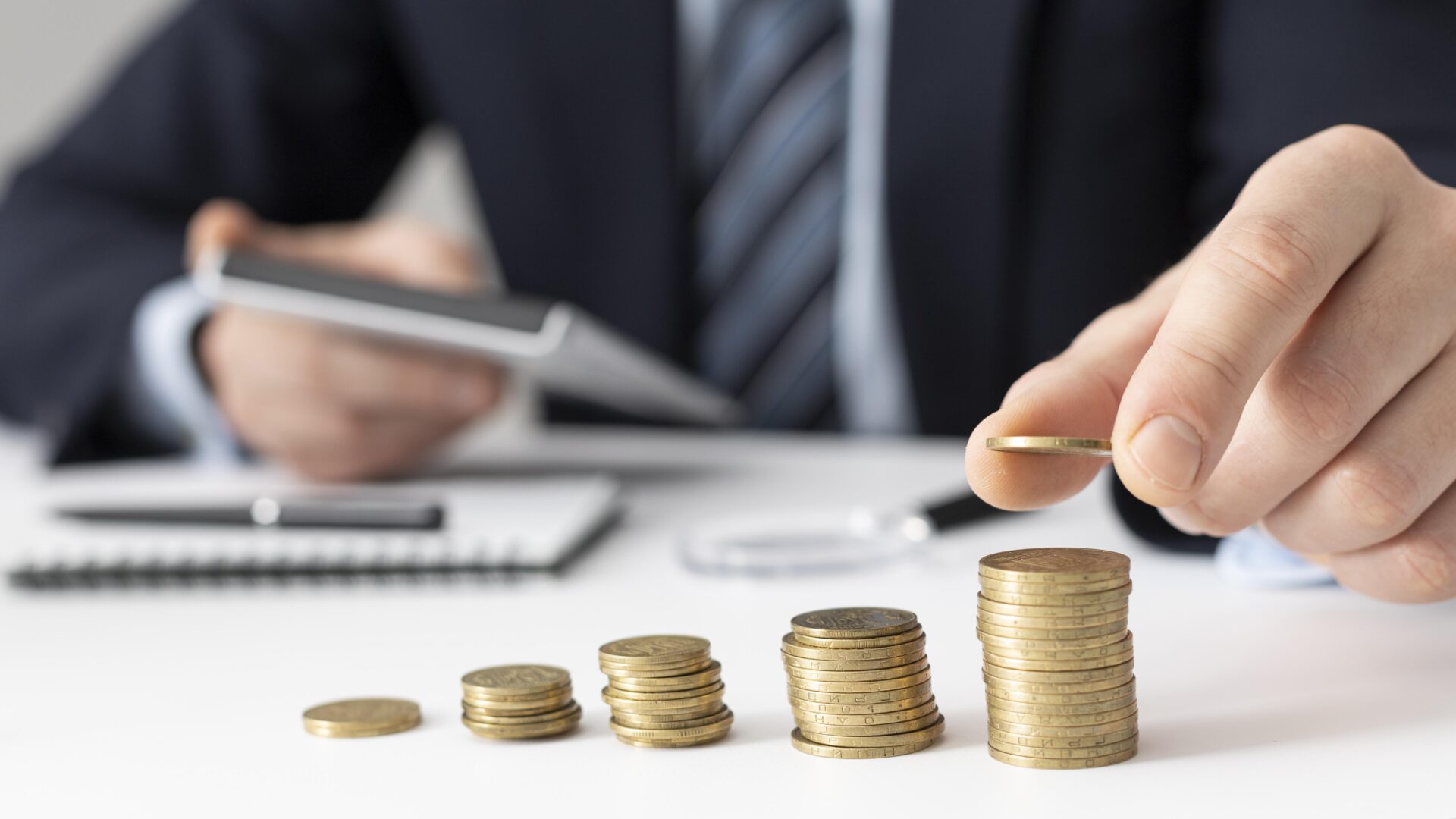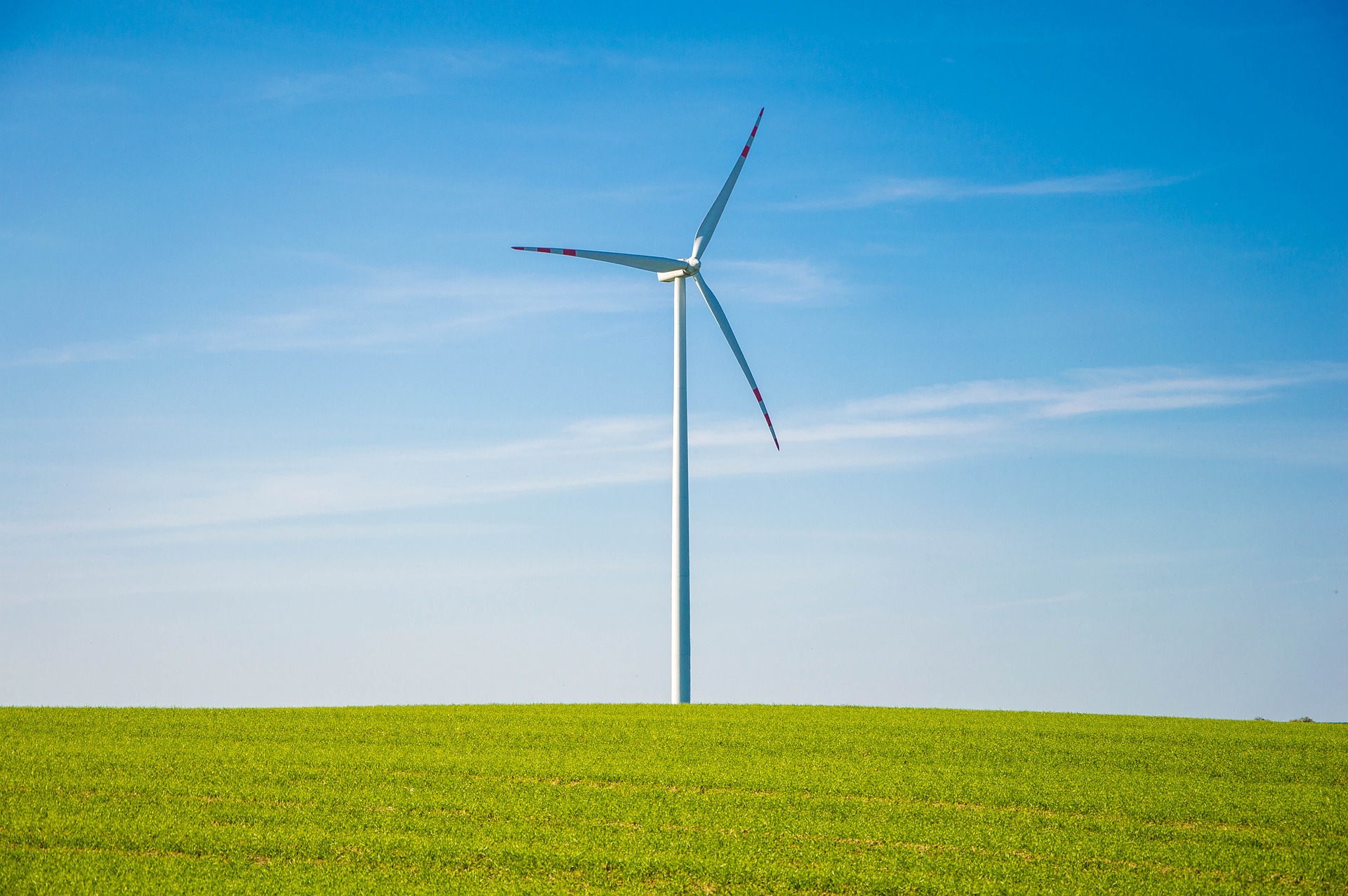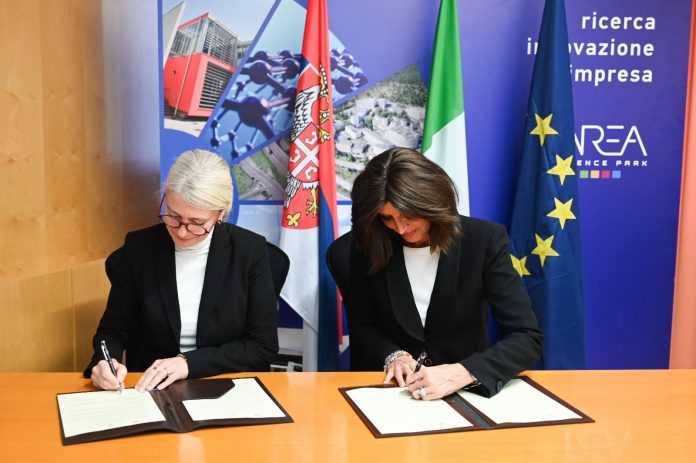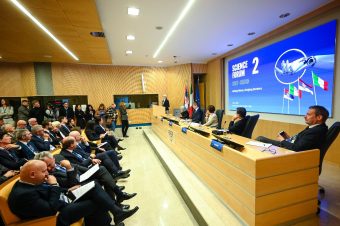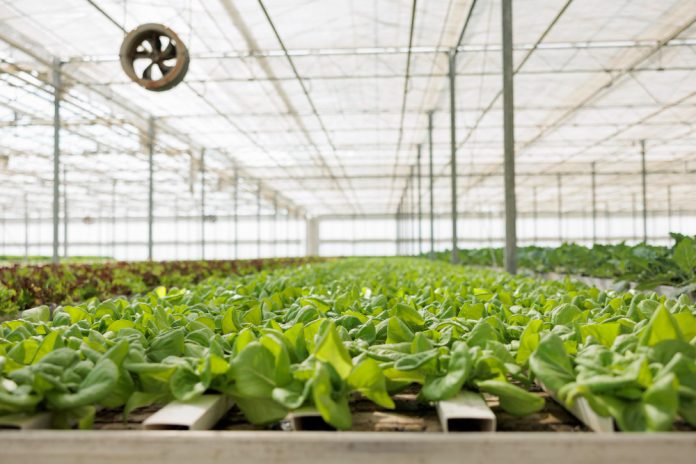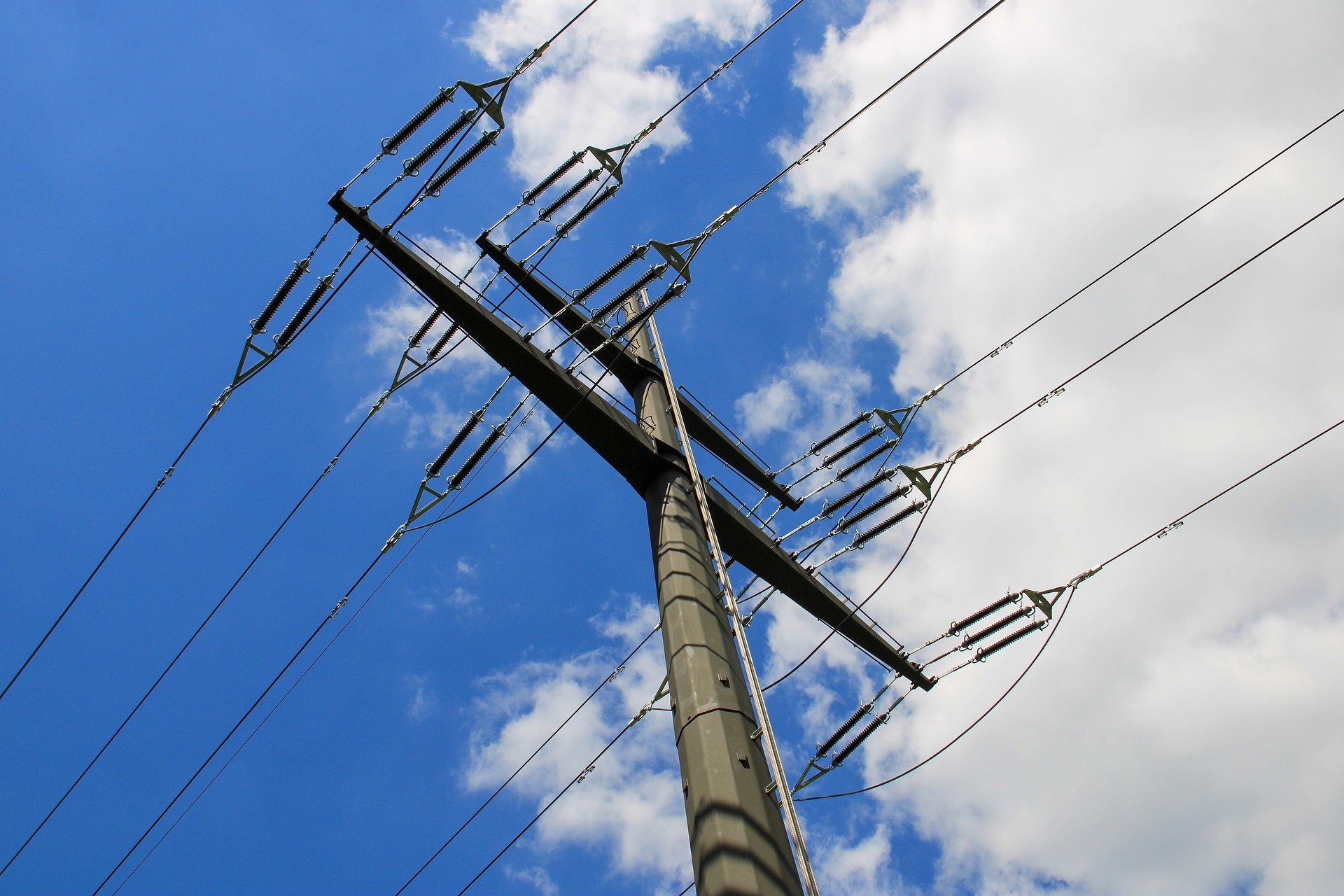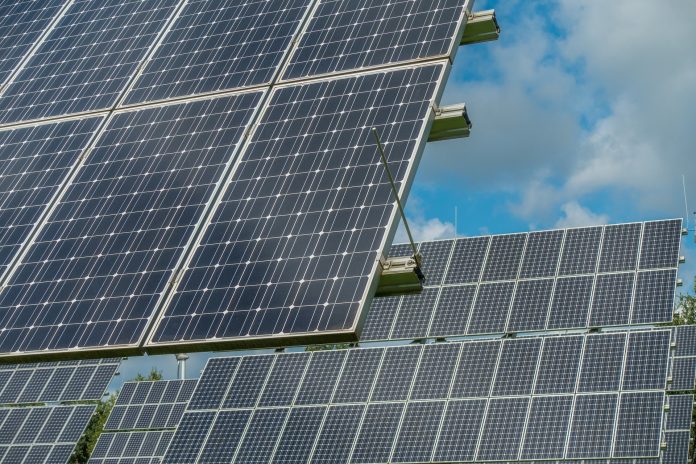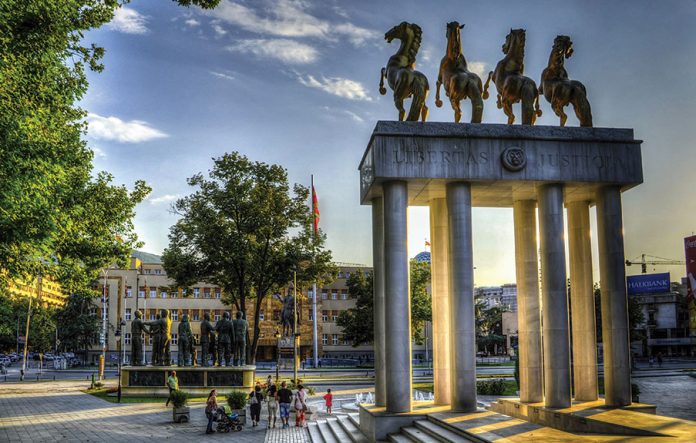
During the Global Partnership on Artificial Intelligence (GPAI) Summit held in Belgrade, leaders participated in the panel discussion “Unlocking the Potential of Artificial Intelligence: The Role of Governments in Global Innovation.” They explored policies that could unlock AI’s transformative potential, foster international collaboration, and build ecosystems that support ethical, inclusive, and sustainable innovation.
Jelena Begović, Minister of Science, Technological Development, and Innovation, was one of the panelists and emphasized the significant role governments play in fostering innovation.
She stated that constructive investments in knowledge, particularly in research and development, are key to societal and economic progress and the well-being of the planet. However, she also highlighted the need to continue developing artificial intelligence and maintaining its operational systems.
Supporting this development requires infrastructure, and she underscored the importance of the Data Center in Kragujevac, whose potential is open and accessible to all research centers and universities.
More:
- ECOMONDO 2024: Artificial Intelligence, a Key Role In the Ecological Transition
- Possibilities of Artificial Intelligence in Environmental Protection
- The New Era of Artificial Intelligence – and What it Means for the Data Center Segment
“It is essential for the government to invest in education, starting from primary schools, which we initiated in 2017 by introducing mandatory programming as part of the regular educational system,” the minister noted.

She also raised the issue of educating the public, which is crucial for citizens to use artificial intelligence in the best possible way.
The panel also addressed regulatory frameworks, with the minister emphasizing the necessity of reaching agreements on a global level. She explained that differing regulations across regions risk losing companies. The rapid pace of technological development will bring new challenges for regulatory frameworks, making it imperative to remain agile and responsive.
In this context, the minister concluded that GPAI and the Organization for Economic Cooperation and Development (OECD) could serve as driving forces in defining the global application of artificial intelligence.
Energy portal



